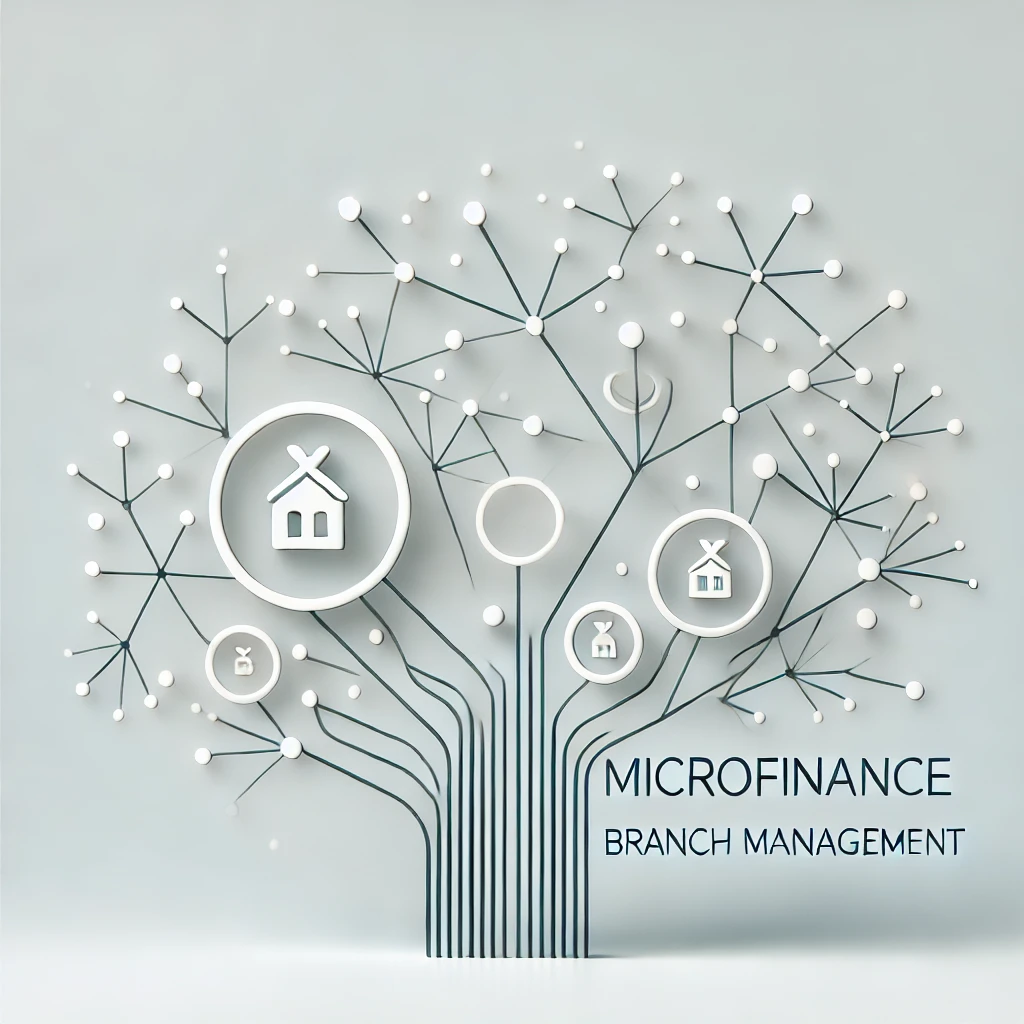Microfinance Branch Management: Optimizing Multi-Branch Operations
Managing multiple branches within a microfinance institution can be complex, requiring efficient coordination, communication, and compliance oversight. With the increasing demand for microloans and financial services, MFIs must ensure their operations remain streamlined and scalable. A Microfinance Branch Management system is designed to centralize operations, reduce risk, improve efficiency, and maintain a high standard of customer service across multiple locations.
Importance of Microfinance Branch Management
A microfinance branch management system plays a critical role in ensuring smooth operations across all branches. It facilitates centralized data access, enabling institutions to track loan applications, disbursements, and repayments in real-time. Having a unified system prevents data silos, reduces redundancies, and enhances coordination between branches, improving overall productivity.
One of the key challenges in managing multiple branches is maintaining standardized processes. Each branch must follow uniform lending guidelines, compliance protocols, and reporting mechanisms. A well-integrated branch management system ensures that all branches adhere to institutional policies, reducing the risk of errors and non-compliance.
In addition, the ability to track branch performance in real-time is essential. Branch managers and headquarters need access to performance metrics, including loan disbursement rates, repayment efficiency, and customer service quality. A centralized system provides visibility into branch activities, enabling management to identify underperforming branches and implement corrective measures.
Features of a Microfinance Branch Management System
A robust branch management system includes a secure, cloud-based infrastructure that allows authorized personnel to access data from anywhere. This flexibility is essential, especially for organizations with branches in remote locations. Secure user access control ensures that employees have appropriate permissions to access data based on their roles.

Automation is another key feature. Loan disbursement, repayment tracking, and customer service workflows can be automated to reduce manual work and minimize human errors. Integrated communication tools also enable seamless interaction between branches, ensuring efficient collaboration.
Moreover, inter-branch fund transfers play a vital role in maintaining liquidity and operational efficiency. A digital platform enables instant fund transfers between branches, ensuring that each location has the necessary capital to meet customer demands.
Conclusion
A Microfinance Branch Management system is essential for institutions looking to expand their reach while maintaining operational efficiency. By centralizing data, automating key processes, and ensuring seamless inter-branch communication, MFIs can improve service delivery and ensure financial sustainability across all locations.